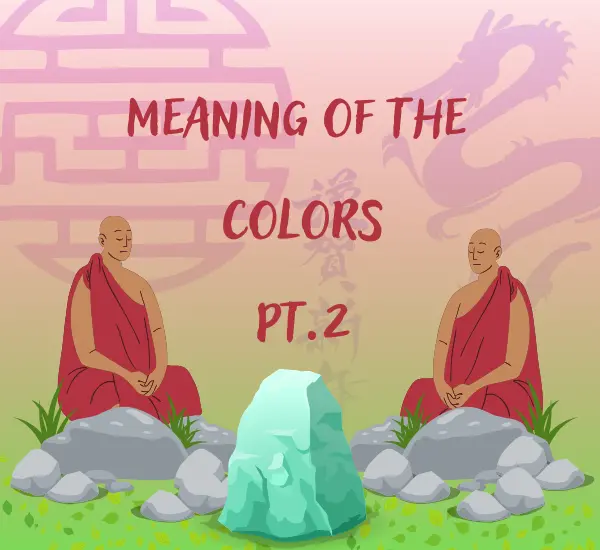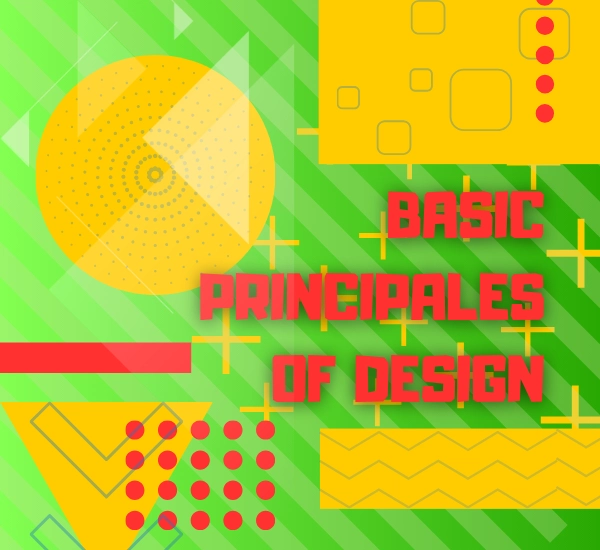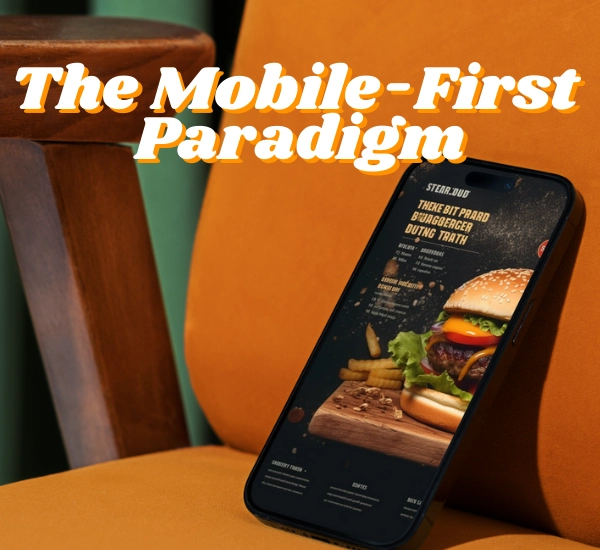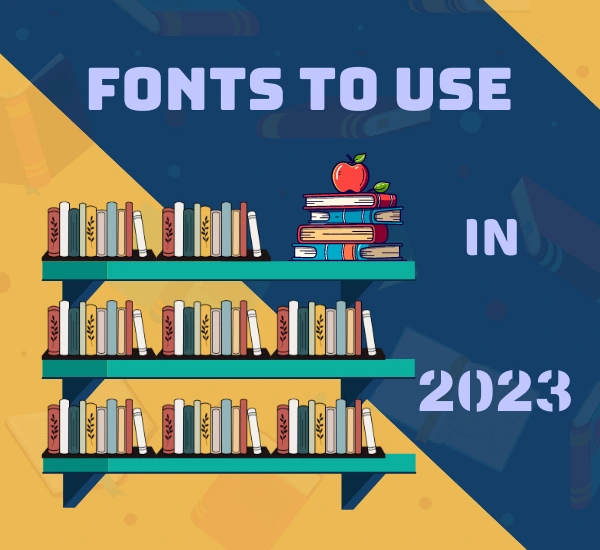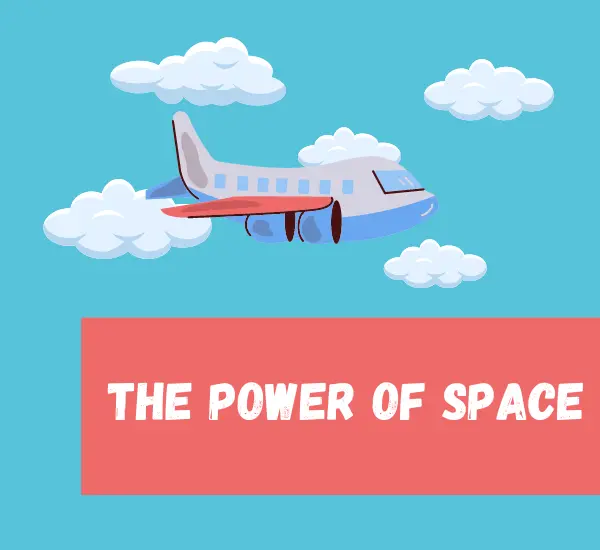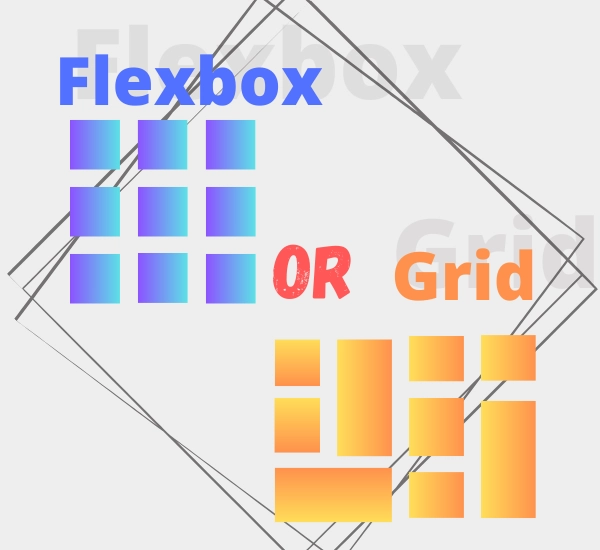
Creating Effective Image Prompts for AI: A Guide Based on MidJourney Documentation
Introduction
In the realm of artificial intelligence, generating image prompts is a crucial skill. Whether you’re working on artistic projects, content creation, or data analysis, understanding how to craft the right prompts is essential. One valuable resource for mastering this skill is the documentation provided by MidJourney, a leading platform for AI-generated content.
Understanding the Basics
Before diving into creating effective image prompts, let’s briefly understand the fundamental principles of image generation using AI. In essence, an image prompt is a text-based input that instructs an AI model to generate an image. The quality and relevance of the prompt play a pivotal role in determining the output.
Key Principles for Effective Image Prompts
- Clarity: Ensure your prompts are clear and concise. Avoid ambiguity in your instructions to obtain the desired result.
- Specificity: The more specific your prompt, the more precise your AI-generated image will be. For example, instead of saying „a tree,” try „a towering oak tree with green leaves and a swing hanging from one of its branches.”
- Keywords: Utilize keywords that are relevant to your image concept. Some examples of effective keywords might include:
- For landscape images: „sunset over the mountains,” „ocean waves crashing on a rocky shore,” „cityscape with neon lights.”
- For character illustrations: „futuristic cyborg with glowing eyes,” „medieval knight in shining armor,” „fairy-tale princess with a magic wand.”
- Context: Provide context or background information when necessary. This helps the AI model better understand your request. For instance, if you want an image of a „vintage car,” specifying the era and make can yield better results.
- Experimentation: Don’t be afraid to experiment with different prompts to see what works best for your specific needs. MidJourney’s platform allows you to iterate and refine your prompts for better results.
Tips for Optimizing Your Image Prompts
- Length: While clarity and specificity are crucial, aim for a balance. Avoid overly long prompts as they can be difficult for AI models to process. Keep your prompts concise and to the point.
- Feedback Loop: Use the results of your generated images to inform your future prompts. If you receive an image that isn’t quite what you were looking for, analyze your prompt and make adjustments accordingly.
- Adapt to the AI Model: Different AI models may respond differently to prompts. As the field of AI evolves, keep an eye on updates and improvements in AI models and adapt your prompt strategies accordingly.
- Experiment with Adjectives and Emotions: Incorporate adjectives and emotional descriptions into your prompts. For example, „a serene forest bathed in the soft, golden light of dawn” can lead to different results compared to „a dark and mysterious forest at night.”
- Combining Elements: Get creative by combining various elements in your prompts. For instance, „Merge a steampunk aesthetic with a lush garden, resulting in a clockwork butterfly perched on a mechanical rose.”
- Use Comparisons: Drawing comparisons can help convey your vision effectively. You can say, „Create a skyline like Manhattan, but set in the future with holographic billboards.”
- Iterate and Refine: Don’t be disheartened if your initial prompts don’t yield the desired results. Image prompt generation often involves an iterative process. Keep refining your prompts until you achieve the perfect image.
Advanced Techniques for Image Prompts
- Use Creative Storytelling: Frame your prompt as a story or scenario. For example, „Tell the story of a lone astronaut exploring an alien forest on a distant planet” can lead to a more narrative-driven image.
- Embrace Color Psychology: Include color-related terms in your prompts to evoke specific emotions. Phrases like „a vibrant, sunflower-yellow room filled with optimism and joy” can guide the AI model in capturing the desired mood.
- Geographical and Cultural References: If your prompt involves a specific location or culture, provide relevant details. For instance, „An old Kyoto temple garden in the middle of cherry blossom season” gives a clear setting for your image.
- Consider Composition: If you have a particular composition or layout in mind, describe it in your prompt. For example, „A symmetrical, bird’s-eye view of a bustling marketplace with stalls full of exotic spices and colorful fabrics.”
- Incorporate Texture and Materials: If your image should convey a tactile quality, include terms related to texture and materials. „A rustic, wooden cabin with a weathered, moss-covered roof” communicates the desired surface properties.
- Time of Day: Mentioning the time of day or lighting conditions can significantly influence the mood of your image. Phrases like „A moonlit beach with gentle waves under a starry sky” guide the AI model in understanding the desired atmosphere.
- Add Personal Perspective: If your prompt reflects a personal perspective, share it. For example, „Capture the view from my childhood bedroom window during a thunderstorm” can result in a deeply personal and nostalgic image.
- Visual References: If you have specific visual references in mind, you can mention them in your prompt. For instance, „Inspired by Van Gogh’s 'Starry Night,’ create a modern interpretation of a starry sky over a sleepy village.”
Examples of Effective Image Prompts
Let’s consider a few examples to illustrate the principles discussed above:
- Landscape Image: „A tranquil lakeside scene with a rowboat and a setting sun casting warm hues on the water.”
- Character Illustration: „Design a cyberpunk-inspired android with intricate metallic details and a city skyline in the background.”
- Artistic Rendering: „Create an abstract painting with vibrant colors that convey the feeling of joy and celebration.”
MidJourney Documentation
MidJourney’s documentation is a valuable resource that provides insights into the best practices for crafting image prompts. To get started, you’ll need to visit their documentation page at https://docs.midjourney.com/docs/prompts. Here, you’ll find detailed information on structuring prompts, utilizing keywords, and other tips for successful image generation
Conclusion
Crafting effective image prompts is both an art and a science. By following the principles outlined in the MidJourney documentation and incorporating advanced techniques like those mentioned above, you can enhance your ability to communicate your creative vision to AI models. Whether you’re an artist, designer, or simply someone exploring the possibilities of AI-generated images, mastering the art of crafting image prompts is a valuable skill that can open up a world of creative possibilities. So, dive in, experiment, and see where your imagination takes you with the help of AI.




